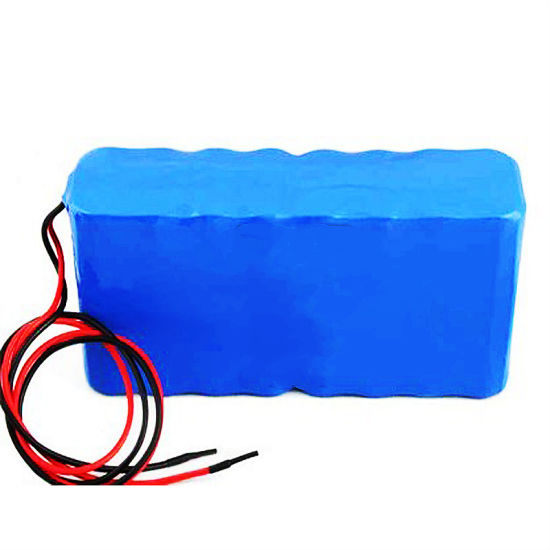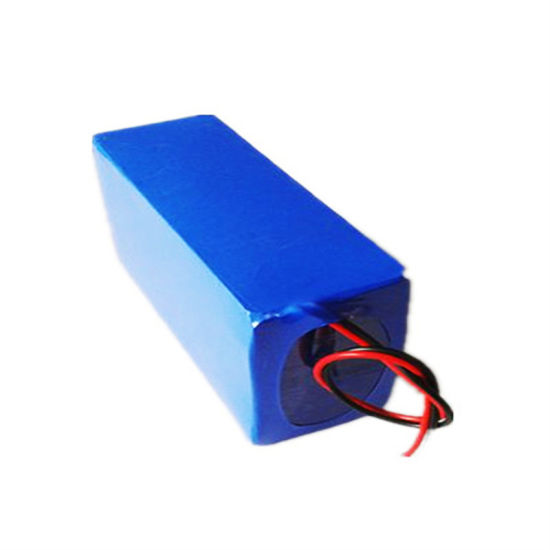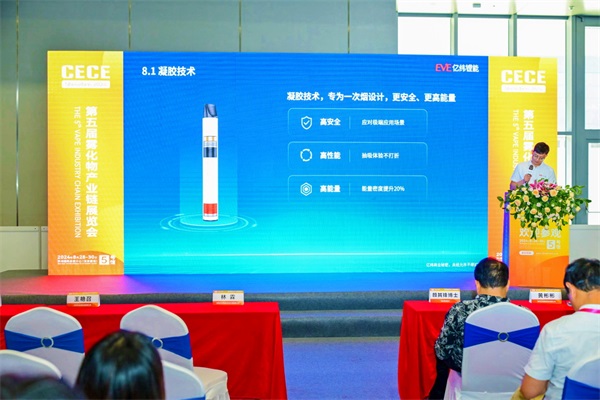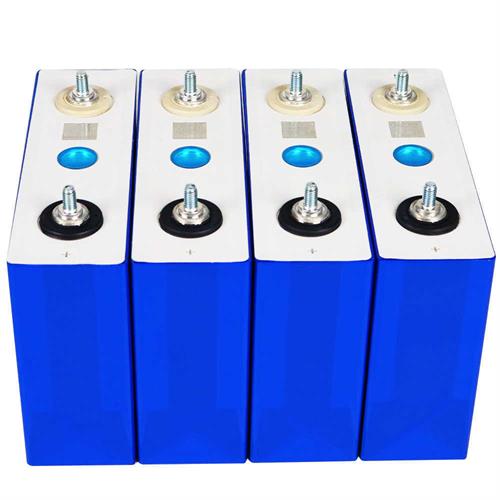The Ultimate Guide to DIY LiFePO4 Battery Kits Power Your Projects!
The Ultimate Guide to DIY LiFePO4 Battery Kits: Power Your Projects!
Introduction to LiFePO4 Batteries
Are you curious about powering your projects with long-lasting, safe, and efficient batteries? LiFePO4 (Lithium Iron Phosphate) batteries have become a popular choice for DIY enthusiasts seeking reliable energy solutions. Unlike traditional lithium-ion batteries, LiFePO4 batteries offer higher thermal stability, longer life cycles, and improved safety, making them perfect for various applications, from solar energy systems to electric vehicles. In this guide, we will walk you through everything you need to know about constructing your own LiFePO4 battery kit!
Choosing the Right Components

The first step in creating your DIY LiFePO4 battery kit is selecting the right components. Start by determining how much energy you need based on your intended application. Common components include LiFePO4 cells, a battery management system (BMS), protective circuitry, and an enclosure. Make sure to choose high-quality cells from reputable manufacturers to ensure longevity and performance. To enhance safety, a BMS is essential as it monitors the battery's voltage and current, preventing overcharging and deep discharging.
Assembling Your Battery Pack
Once you have gathered your components, it's time to assemble your battery pack. Start by arranging the LiFePO4 cells in parallel or series configurations, depending on your voltage and capacity requirements. Carefully solder the connections, ensuring that each cell is connected securely. It’s crucial to maintain proper polarity to avoid damage to the cells. After completing the electrical connections, install the BMS and protective circuitry to safeguard your battery pack. Finally, secure everything in a sturdy enclosure to protect it from physical damage.

Charging Your LiFePO4 Battery
To maximize the lifespan and efficiency of your LiFePO4 battery, proper charging is essential. Use a charger specifically designed for LiFePO4 chemistry. Unlike other lithium batteries, LiFePO4 has a nominal voltage of 3.2V per cell. Ensure that your charger matches the voltage and current ratings specified by the battery manufacturer. Regularly monitor your battery during charging, and avoid overcharging, which can reduce battery life and pose safety risks.
Maintenance and Care
Maintaining your DIY LiFePO4 battery pack is crucial for optimal performance. Periodically check the connections and housing for any signs of wear or damage. Keep the battery clean and free of debris to prevent short circuits. It’s also important to perform periodic capacity tests to ensure the battery still holds a sufficient charge. If you notice a significant drop in performance, it might be time to recalibrate the BMS or consider replacing aged cells.
Discovering New Applications
Once your DIY LiFePO4 battery kit is up and running, the possibilities are endless! Use it to power solar energy setups, RV systems, electric bicycles, or even home backup systems. The lightweight and compact nature of LiFePO4 batteries makes them an excellent choice for portability. With a bit of creativity, you can power various devices and projects, bringing your ideas to life while enjoying the benefits of sustainable energy.
Conclusion
Creating your own LiFePO4 battery kit can be a rewarding experience, offering you the chance to power your projects sustainably and efficiently. By understanding the components, assembly process, and maintenance required, you’ll be well on your way to harnessing the power of DIY battery solutions. Embrace your creativity and turn your energy needs into a fun and educational endeavor!

